|
EarthSky
- Posted on Monday December 08, 2025
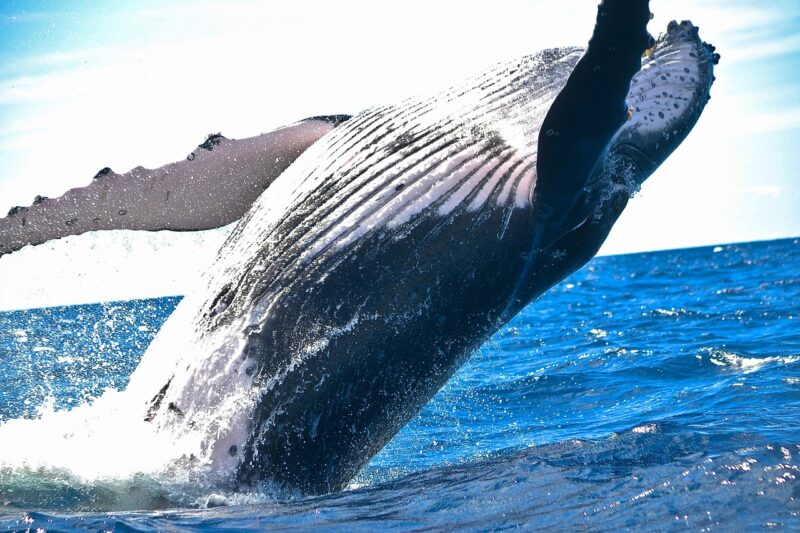 Humpback whales are making a remarkable comeback, thriving in new habitats thanks to conservation efforts and their adaptable feeding habits.
The post Humpback whales thrive by not being picky eaters first appeared on EarthSky. Continue Reading » - Posted on Monday December 08, 2025
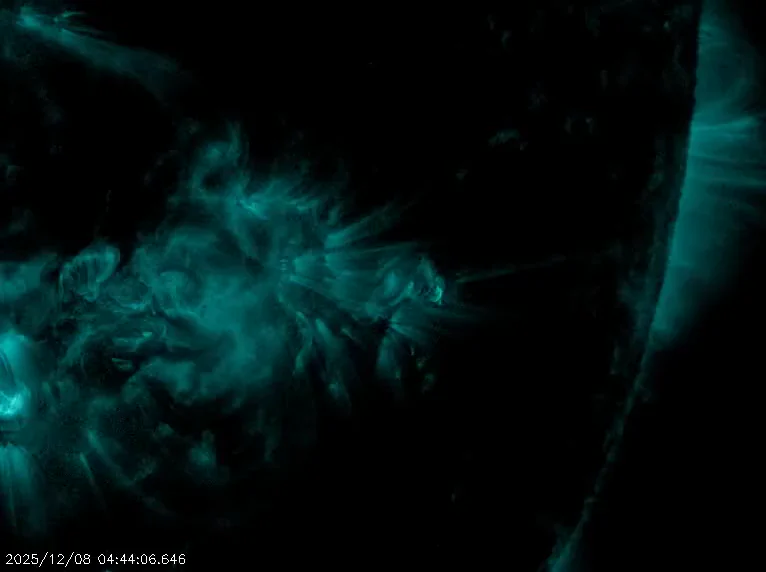 Sun news December 8: An X1.1 flare erupted this morning. Several coronal mass ejections are racing toward Earth, with auroras possible overnight tonight.
The post Sun news: X flare this morning, auroras possible tonight! first appeared on EarthSky. Continue Reading » - Posted on Monday December 08, 2025
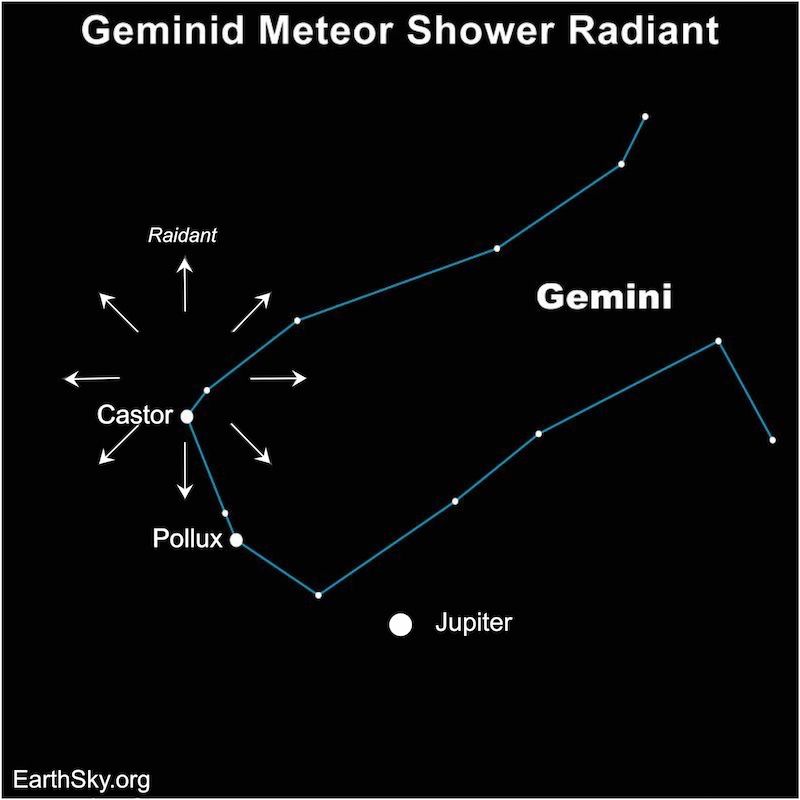 Visible planets and night sky guide. Tomorrow morning, look for the waning gibbous moon near the bright star Regulus, the brightest star in Leo the Lion.
The post Visible planets and night sky guide for December first appeared on EarthSky. Continue Reading » - Posted on Sunday December 07, 2025
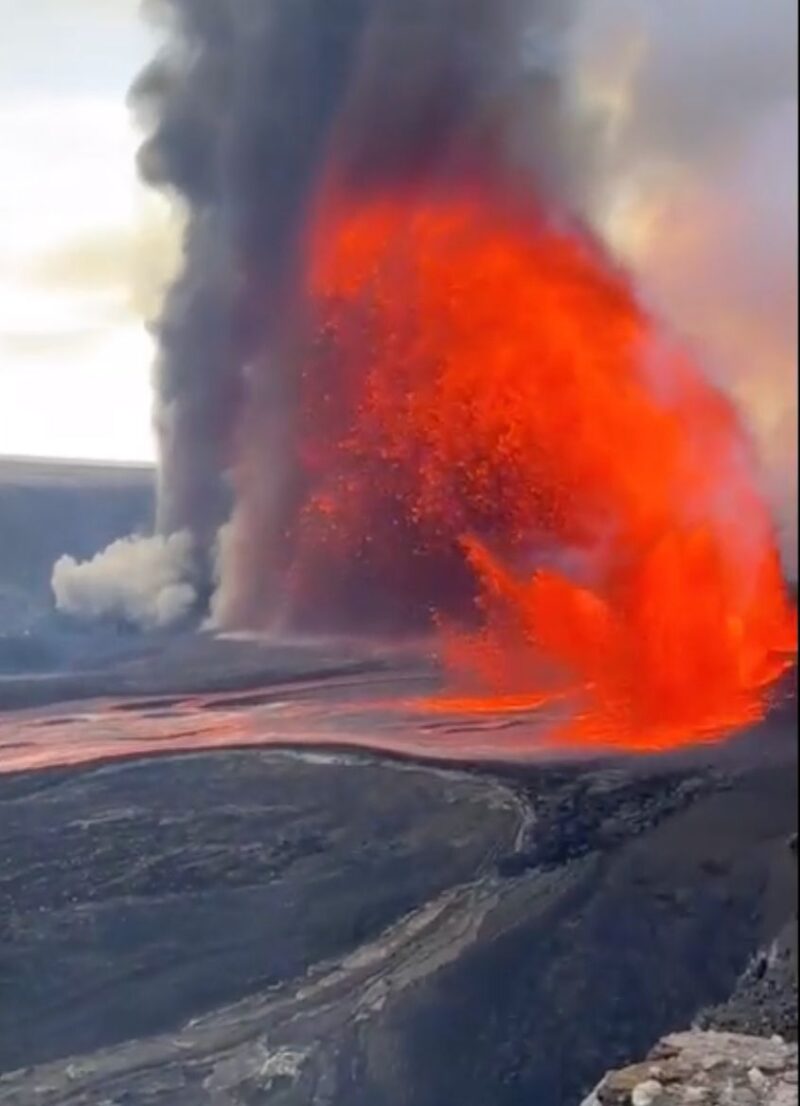 Kilauea volcano erupted spectacularly on Saturday, December 6, 2025, after a year of on-and-off eruptions. Watch a live cam here.
The post Ongoing Kilauea eruption in Hawaii. Live cam here! first appeared on EarthSky. Continue Reading » - Posted on Sunday December 07, 2025
 November and December 2025 are great months for seeing Jupiter's moons Io, Europa, Ganymede and Callisto with binoculars or a small telescope.
The post Jupiter’s moons: How to see and enjoy them first appeared on EarthSky. Continue Reading » - Posted on Sunday December 07, 2025
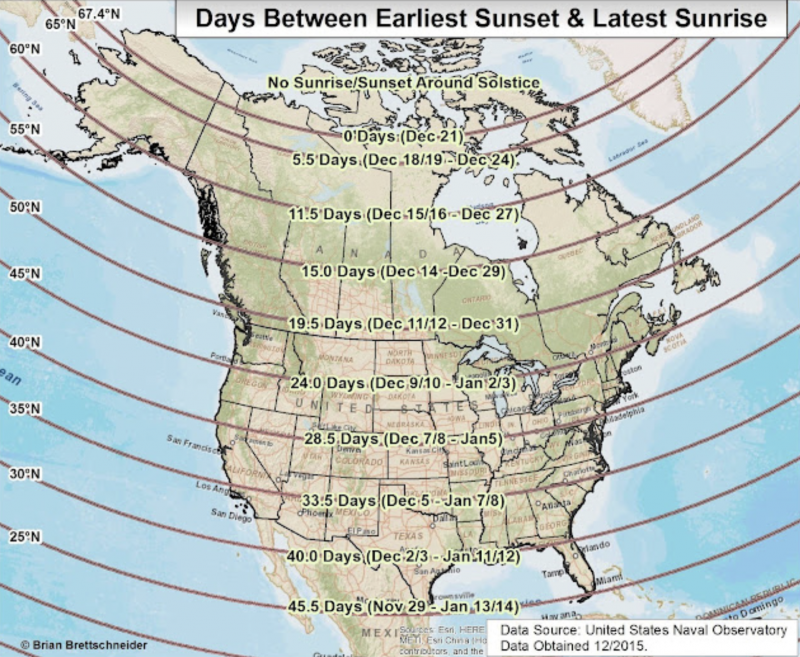 The solstice comes on December 21, 2025, at 15:03 UTC. Does that coincide with your earliest sunset? Probably not. It depends on where you live.
The post Your earliest sunset comes before the winter solstice first appeared on EarthSky. Continue Reading » - Posted on Sunday December 07, 2025
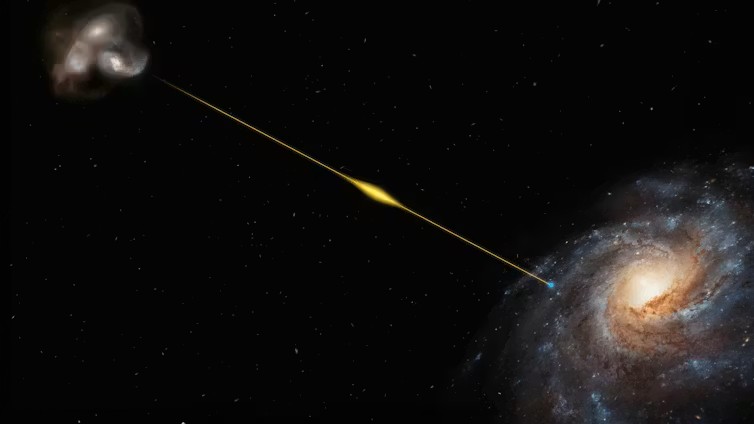 Planets and stars in the night sky are made of normal matter. Yet only 9% of the universe's normal matter is in objects such as these. Where is the rest of it?
The post Where’s the normal matter in our universe? first appeared on EarthSky. Continue Reading » - Posted on Sunday December 07, 2025
 Camera traps on the Indonesia island of Sumatra caught 3 times as many endangered Sumatran tigers as before. The Sumatran tiger is thriving in this region.
The post Sumatran tiger sightings triple on Indonesian island first appeared on EarthSky. Continue Reading » - Posted on Friday December 05, 2025
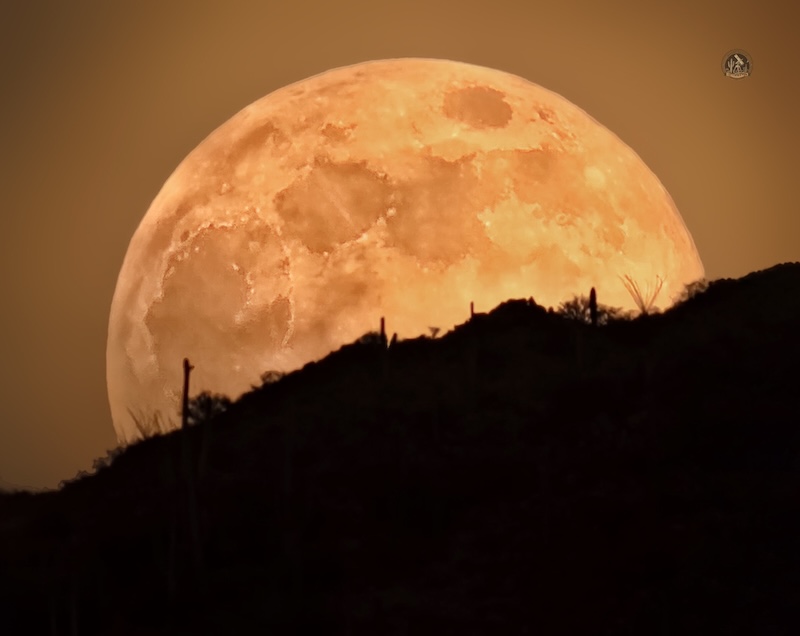 The full Cold Moon on December 4 was the last supermoon of 2025. See a gallery of photos of the last full supermoon from the EarthSky community here.
The post The last full supermoon of 2025. Best pics here! first appeared on EarthSky. Continue Reading » - Posted on Friday December 05, 2025
 What would it be like if we could digitize human bodies? We could recognize heart attacks as they happen and deliver tailored doses of medicine to the sick.
The post Will we digitize human bodies for healthcare? first appeared on EarthSky. Continue Reading »
|

